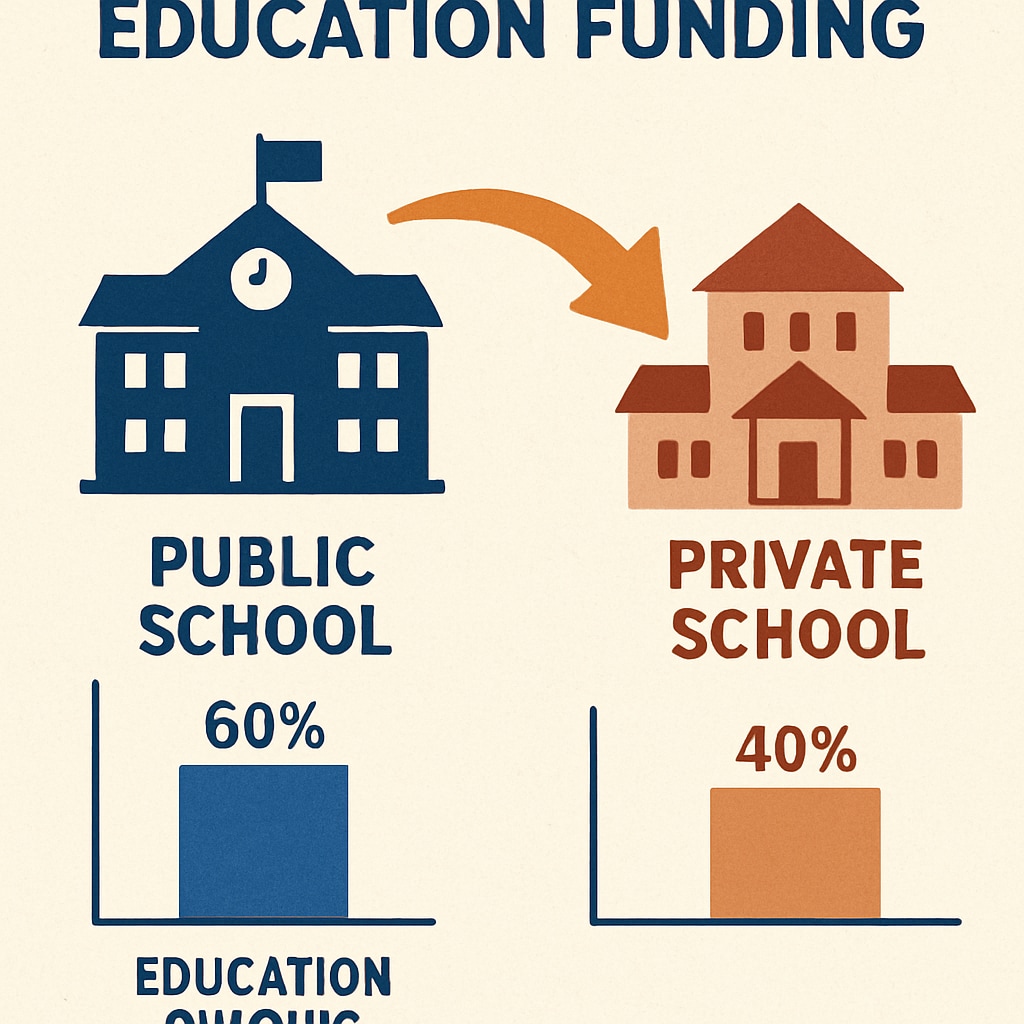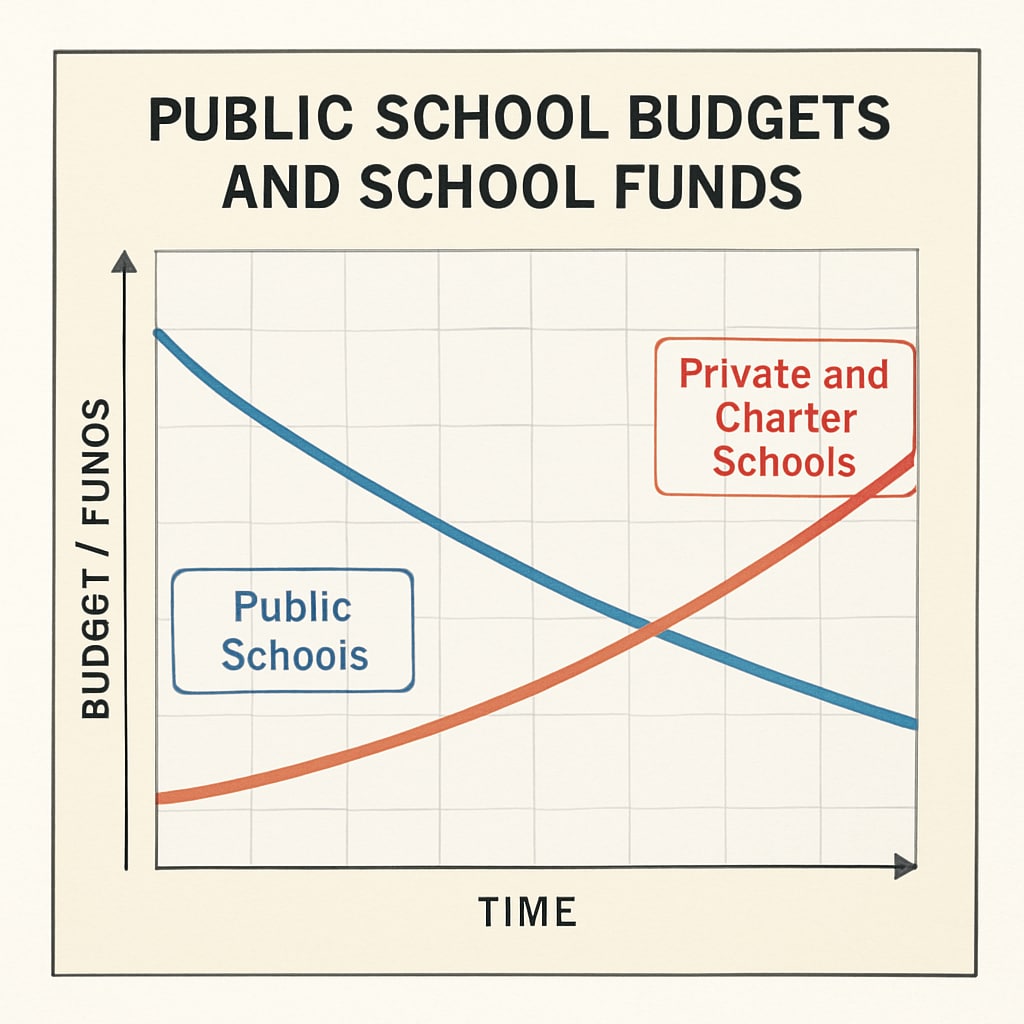In recent years, organizations like Stand For Children have been at the center of a controversial shift in the allocation of public education funds. While these groups present themselves as advocates for educational reform, their actions often result in the transfer of vital resources from public schools to private institutions. This quiet redirection of funds not only undermines the public school system but also accelerates the privatization of education, ultimately threatening the foundation of K-12 public education as we know it.

Understanding the Role of Stand For Children
Founded in 1996, Stand For Children initially gained recognition as a grassroots advocacy group dedicated to improving educational outcomes for children. However, over the years, critics have accused the organization of shifting its focus toward policies that favor privatization. For instance, supporting legislation that diverts public education funds toward charter schools or private entities under the guise of “school choice” has become a common theme in their advocacy efforts.
Such policies may seem beneficial at first glance, but they often lead to adverse consequences for public schools. For example:
- Reduced funding for public schools as resources are redirected elsewhere.
- School closures due to budget constraints.
- Increased teacher layoffs and shortages.
These outcomes disproportionately affect low-income communities, where public schools rely heavily on government funding to operate effectively. As a result, educational inequality widens, leaving vulnerable students with fewer opportunities to succeed.
The Consequences of Diverting Public Education Funds
The redirection of public education funds to private institutions is not merely a financial issue; it is a systemic challenge that impacts students, teachers, and communities. Public schools often serve as community hubs, providing not only education but also meals, counseling, and extracurricular activities. When funding is siphoned off, these essential services are jeopardized.
Furthermore, the privatization trend has led to increased competition among schools, which can harm public education in several ways:
- Resource Inequality: Public schools are left with fewer resources to meet the needs of their students, while private and charter schools often have additional funding sources.
- Teacher Attrition: Budget cuts force many experienced educators to leave the profession, leading to a decline in teaching quality.
- Community Disruption: School closures disrupt neighborhoods and displace students, creating long-term challenges for families.
According to a Britannica article on privatization, the shift toward private entities in public sectors often leads to reduced accountability and transparency. This is particularly concerning in education, where the stakes are incredibly high for future generations.

What Can Be Done to Protect Public Education?
Reversing the trend of education privatization requires collective action and informed decision-making. Policymakers, educators, and community members must work together to ensure that public education funds remain dedicated to strengthening public schools. Some potential solutions include:
- Advocating for increased transparency in education funding decisions.
- Supporting policies that prioritize equitable funding for public schools.
- Educating communities about the long-term impacts of privatization.
- Encouraging investment in teacher training and retention programs.
Organizations and individuals can also hold groups like Stand For Children accountable for their actions by scrutinizing their policy endorsements and funding sources. For example, understanding how their initiatives align—or conflict—with the needs of public schools can provide valuable insights into their true objectives.
This Wikipedia entry on public schools highlights the critical role they play in fostering social cohesion and providing equal opportunities. Protecting this system is essential for the well-being of society as a whole.
Conclusion: A Call to Action
The quiet redirection of public education funds to private institutions represents a significant threat to the integrity of the public school system. Organizations like Stand For Children, despite their stated mission, often advocate for policies that exacerbate resource disparities and accelerate privatization. To safeguard the future of K-12 public education, stakeholders must remain vigilant, demand accountability, and prioritize investments in public schools.
By addressing these challenges head-on, we can ensure that every child has access to quality education, regardless of their socioeconomic background. The time to act is now—before the foundation of public education erodes further.


